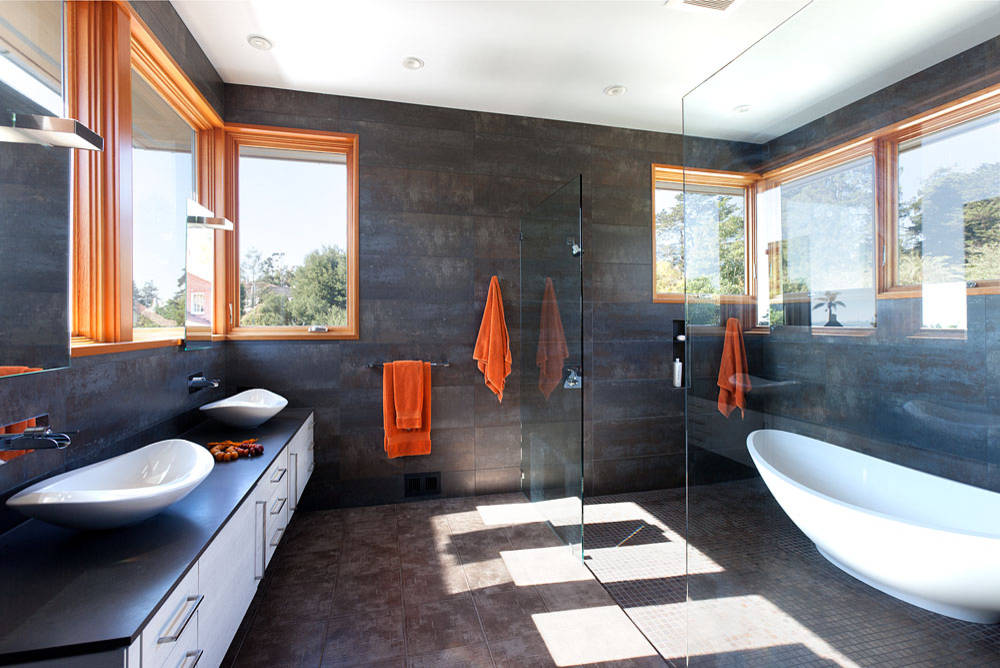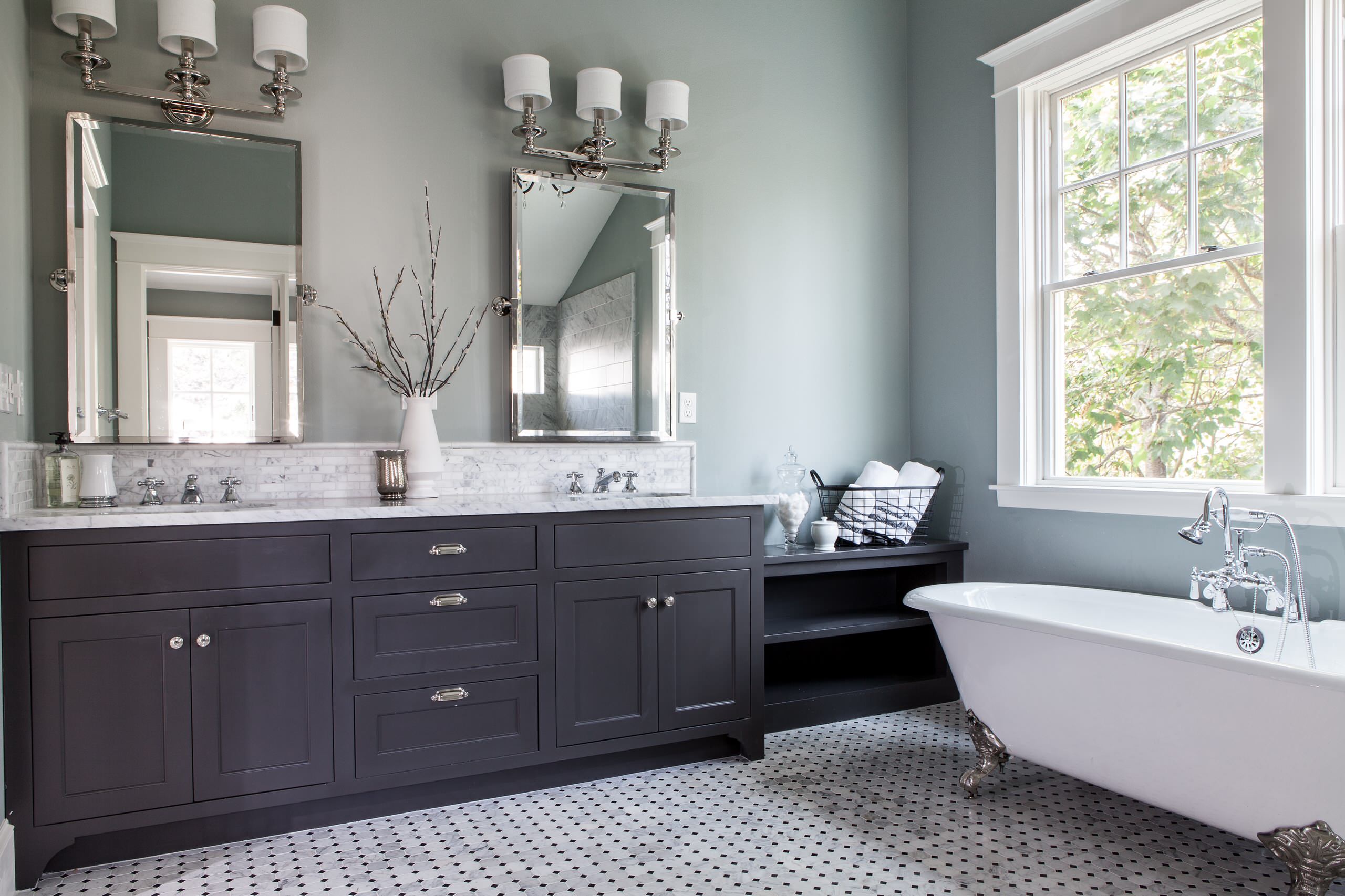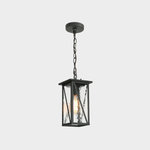Bathtub Installation Cost Calculator
National AverageHow much does it cost to install a bathtub? The national average cost to install a bathtub is between . The total cost of your project will depend on the type and material of your bathtub, the labor costs for plumbing, tile and electrical work and labor rates in your area.
Estimate your project cost
Cost for Bathtub Installation
What factors affect the cost of bathtub installation?
The cost to install a bathtub depends on the following variables:
Bathtub Material: The material you choose for your bathtub will be one of the biggest determinants of your total project cost. Bathtubs come in a variety of materials and price points from more affordable fiberglass material to high-end ceramic tubs. Each material has its own particular properties and benefits, so make sure you’re aware of the options before selecting your bathtub.
Bathtub Type: Besides having different materials, bathtubs also vary in shape and how they are installed. There’s a wide range of styles and price points between general-purpose tub-and-shower combinations to stand-alone soaking tubs. The right bath for you will depend on the layout of your bathroom, your needs and your budget.
Labor: In addition to the cost of the tub itself, you’ll need to factor in all of the labor costs involved with installing or replacing your bathtub. Depending on your project, labor can play a significant role in your bathtub installation cost. To determine those, you’ll have to consider these variables:
If you’re replacing a tub, you’ll also need to dispose of the old one. Many contractors charge an extra fee for bathtub disposal, which you should confirm beforehand.
Replacing a tub will also require the removal of existing tile and other surroundings. When installing the new tub, you’ll need to replace the tile (or other flooring), so you will have to factor in the material and labor costs associated with that.
Your plumber will need to hook up the tub to your existing piping and make any repairs from mold or water damage if needed.
If you’re changing the layout of your bathroom and putting the tub in a different area, you’ll also need new piping. This can be an intensive process and could significantly add to the cost of your project.
Location: As with most home improvement projects, your location may impact labor rates. If you’re in a metropolitan area or an area with a higher cost of living, expect to pay more.

Bathtub Materials
Below are the most common types of bathtub material. To see how different materials will impact your project cost, refer to the calculator above and update your bathtub material.
Fiberglass: Fiberglass bathtubs are one of the most common and affordable varieties. Although they’re lightweight, they’re not as good at holding in heat, so they’re best as a tub-shower combo. If you enjoy long soaks, a fiberglass tub might not be for you.
Ceramic: Ceramic tubs come in a wide range of styles, colors and sizes, and they can be customized to fit your specific requirements. However, they require special care to avoid chipping and cracking, and may need regular sealant maintenance.
Acrylic: Acrylic bathtubs are a versatile, midrange option. Acrylic can be molded into a variety of shapes and withstands wear and tear. It’s also easy to keep clean.
Steel: Steel bathtubs are typically a higher-priced option. They usually come with an enameled finish over the steel, and are comparable to enameled cast iron tubs. There are a few important differences, however, to consider before buying. Namely, steel bathtubs are lightweight but also chip easily and can be noisy.
Cast Iron: Cast iron bathtubs are a slightly more expensive option, but may be worth the price for their durability and ability to hold heat. They usually come with an enameled surface and won’t chip like steel. Still, you may need to have extra reinforcements installed underneath the tub to account for the extra weight. One of the biggest upsides of cast iron tubs is that they’ll maintain the temperature of hot water for a while, so they’re perfect for long soaks.
Cultured Marble: Cultured marble bathtubs are one of the most luxurious types of tubs available, and come with the price tag to match. A marble tub will give your bathroom an upscale look and will be especially inviting whenever it’s time to have a soak. Still, marble is very heavy, so you’ll need to make sure your floor is strong enough to hold it. Keep in mind that if you want the same look at a lower price, you can also have marble installed on a ledge or wall around the tub.

Bathtub Types
Below are the most common bathtub types. To see how these different tub types impact your installation estimate, refer to the calculator above and update your bathtub type.
Alcove: Alcove tubs are set between three walls and are some of the most common tubs. They’re typically one of the most affordable types, depending on the material you use. If you want a shower head installed above the tub, this is the best style to go with. Also referred to as an all-purpose tub, it’s great for taking quick, functional baths or washing off a pet.
Platform: Platform tubs are set atop a raised platform, which could just be a slightly raised area on the floor of the bathroom, or it could be a deck-like structure that almost entirely encloses the bath. In the latter case, the top edge of the bathtub will still sit above the platform. Corner baths can work well as platform tubs.
Undermount: Undermount tubs are even more built up than platform tubs, as they are entirely surrounded by tile or marble. The top edge of the tub is even with the tub surround. Because they require extra tile or marble installation, they are typically more expensive than other tub styles. Undermount tubs can offer a nice focal point in a bathroom while providing convenient counter space for storing soap or other bath accessories. Corner baths also work well as undermount tubs.
Freestanding: Freestanding tubs sit on the floor and aren’t connected to a wall. Traditional clawfoot and modern soaker tubs are in this category, and both offer luxurious bathing experiences. Freestanding tubs are often more expensive, though installation is easier. If you have the space to accommodate them, freestanding tubs can give your bathroom a sophisticated and luxurious feel.
Walk-In: This controversial grass is fast-growing and invasive, making it difficult to get rid of (the root system can grow 6 feet deep!), but this also makes it one of the more drought-resistant varieties.
Whirlpool: If you love taking a long soak at the end of the day, a whirlpool tub may be worth it. They have jets with different settings to give you a massage-like experience. Whirlpools also come in a variety of different shapes from freestanding to alcove, so they can match most bathroom styles. Keep in mind that whirlpool tubs use electricity to make all of those different settings and features work. You’ll need to have your whirlpool tub connected to your electrical wiring, so you’ll need to hire an electrician. Considering the extra features and the cost of hooking them up, whirlpool tubs usually cost a significant amount more than an average models.

Other Bathtub Installation Cost Considerations
Beyond the main variables that factor into your bathtub installation project, keep these additional cost considerations in mind:
Home Valuation: While it’s hard to estimate the ROI of bathtub installation, if you’re like many, your new bathtub will be part of a larger bathroom remodeling project. Midrange bathroom remodeling projects typically have a high ROI rate, averaging roughly 70%.
Sustainability Savings: If you’re looking for an eco-friendly bathtub, both cast iron and marble tubs are environmentally friendly options. While cast iron tubs are made from recycled iron, marble tubs are made from a natural and abundant resource — just make sure the marble stone is sourced responsibly. These sustainable bathtub materials may have a higher upfront cost, but they’re both durable and long-lasting, which makes them a good investment.
Timeless Design: When making updates to your bathroom, it’s wise to keep timeless design in mind. Of course you’ll want to choose elements that help you achieve your desired aesthetic, but try to make choices that you’ll be happy with for years to come. A freestanding tub, for example, is a popular timeless classic that won’t go out of style.

Looking for a Bathroom Remodeler?
Installing a new bathtub can make your bathroom feel more inviting, but it can also be a great long-term move. That said, replacing a bathtub isn’t a home improvement job most homeowners can do themselves, as it requires extensive heavy lifting, plumbing and even electrical work. Working with a professional will help prevent mistakes that could cost you down the road. Not only that, but a contractor will be well versed on local building codes and can ensure everything is up to current safety standards.
Ready to find a local bathtub installer? Search here to find one in your area. And remember, it’s always wise to call more than one professional so you can get multiple quotes in your ZIP code. Have other updates you’d like to make to your bathroom? Find local bathroom remodelers here.





